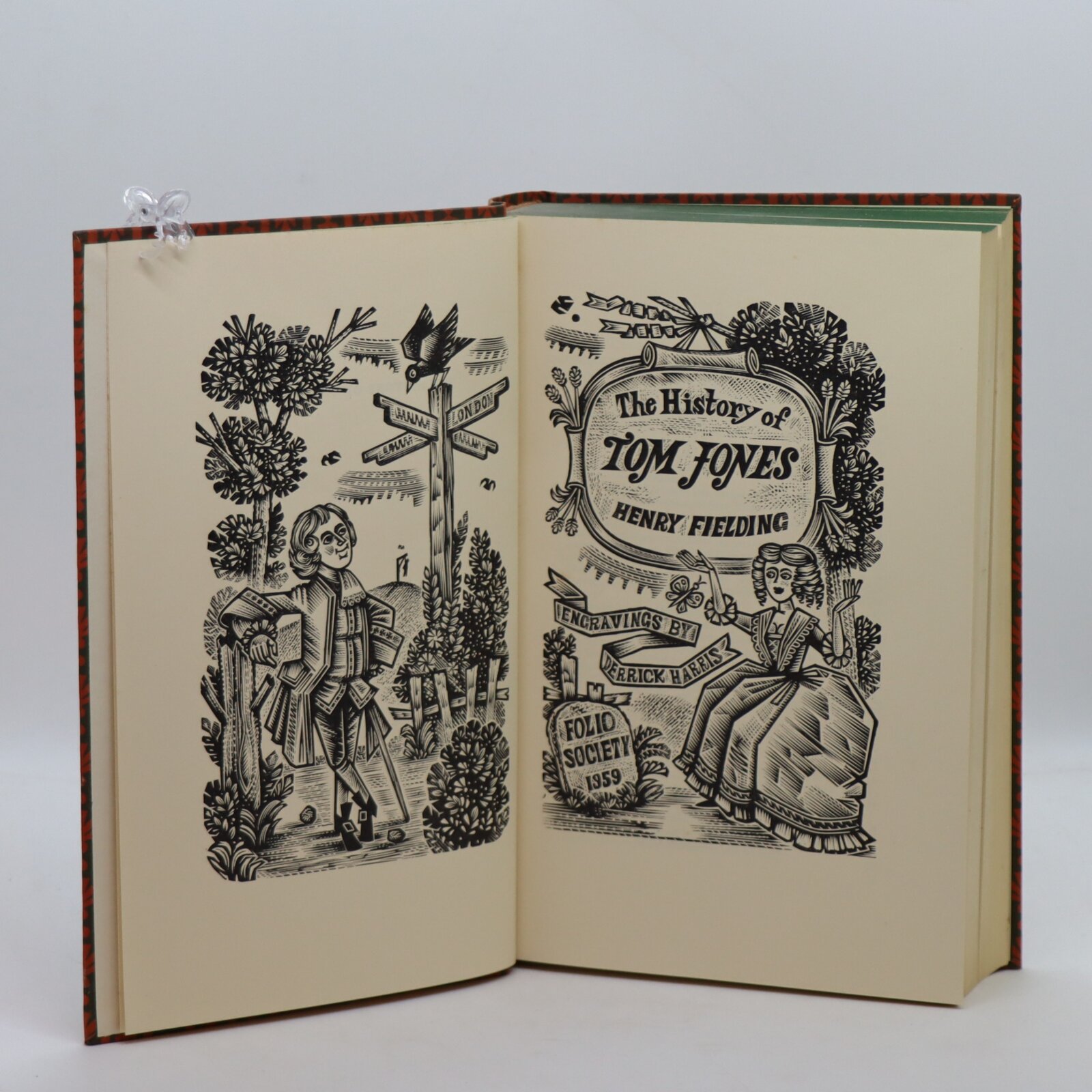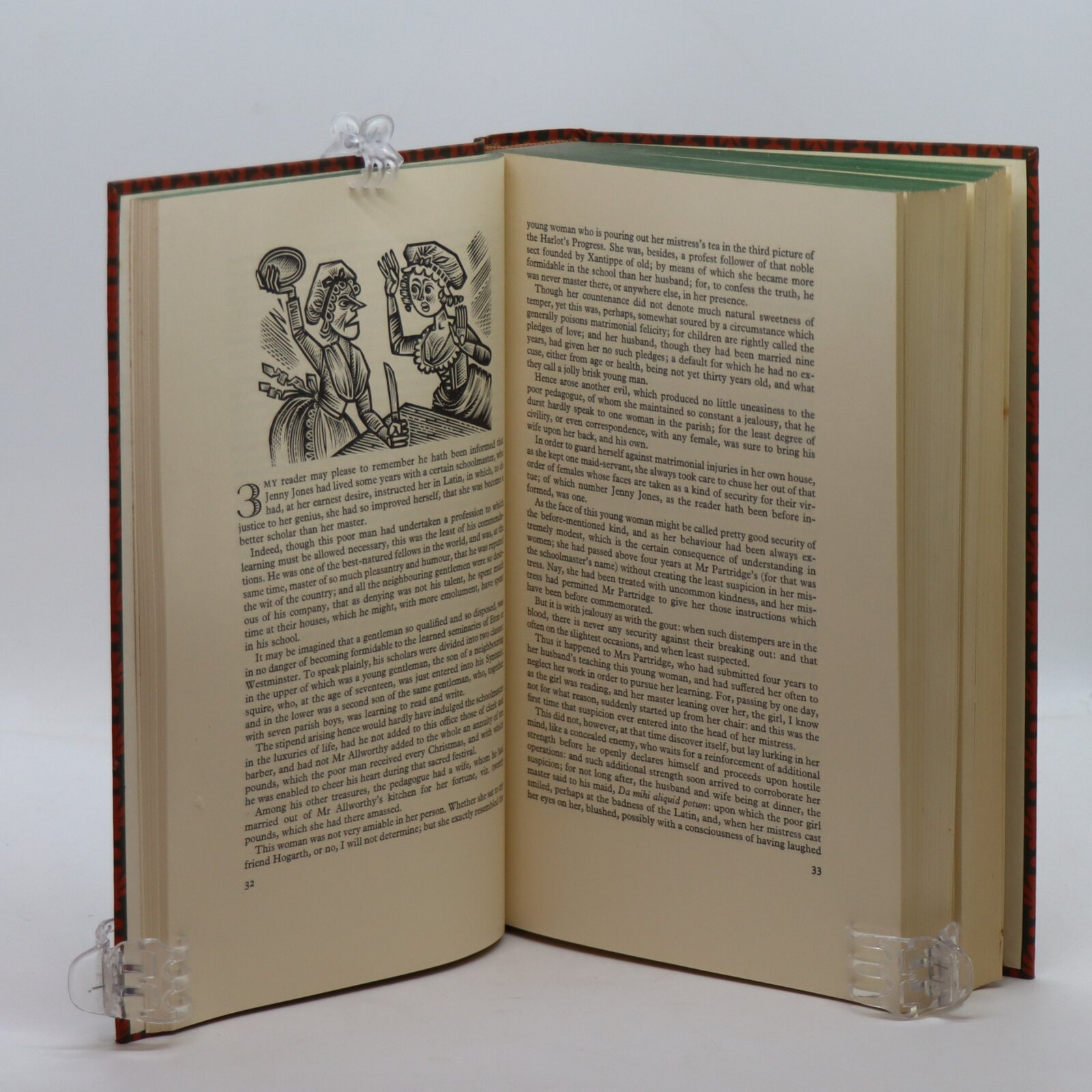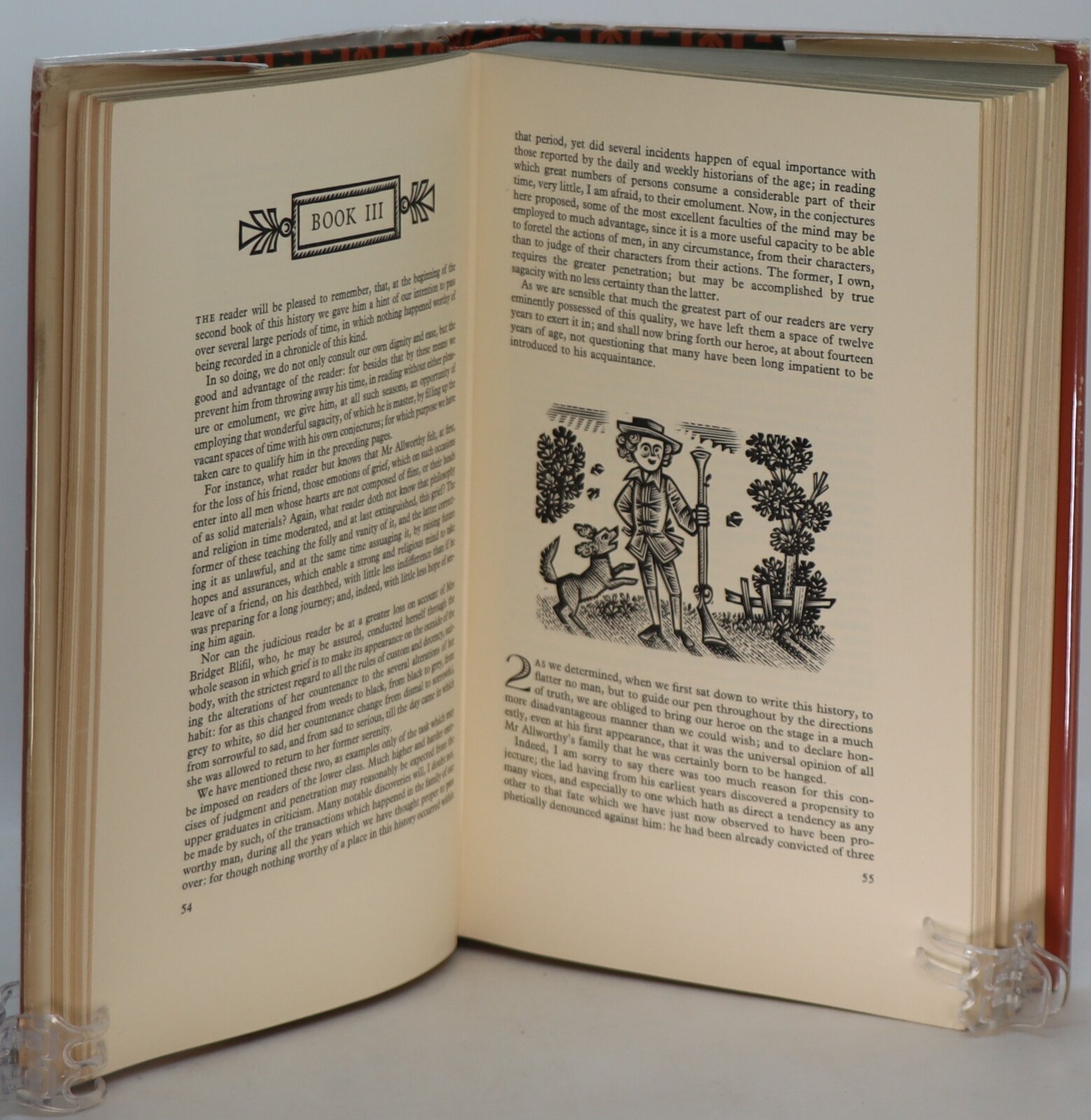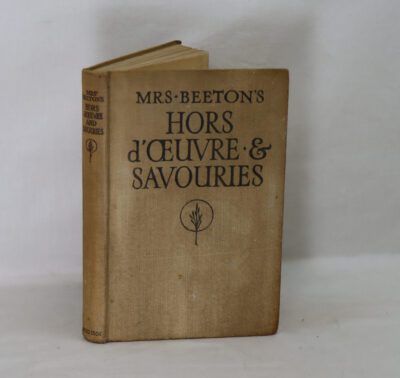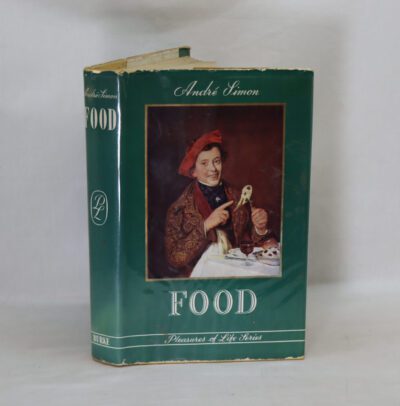Tom Jones.
By Henry Fielding
Printed: 1959
Publisher: Folio Society. London
Edition: Second impression
| Dimensions | 16 × 24 × 5 cm |
|---|---|
| Language |
Language: English
Size (cminches): 16 x 24 x 5
Condition: Fine (See explanation of ratings)
Your items
Item information
Description
In the Original dustsheet. Green and orange stripped pattern binding. Black title plate with gilt lettering on the spine.
-
Folio Society First Edition No. 128
-
Brown Cloth Hardback, 636 pp
-
Wood-engravings by Derrick Harris
The History of Tom Jones, a Foundling, often known simply as Tom Jones, is a comic novel by English playwright and novelist Henry Fielding. It is a Bildungsroman and a picaresque novel. It was first published on 28 February 1749 in London and is among the earliest English works to be classified as a novel. It is the earliest novel mentioned by W. Somerset Maugham in his 1948 book Great Novelists and Their Novels among the ten best novels of the world.
The novel is highly organised despite its length. Samuel Taylor Coleridge argued that it has one of the “three most perfect plots ever planned”, alongside Oedipus Tyrannus and The Alchemist. It became a best seller with four editions published in its first year alone. It is generally regarded as Fielding’s greatest book and as an influential English novel.
In literary criticism, a Bildungsroman plural Bildungsromane, is a literary genre that focuses on the psychological and moral growth of the protagonist from childhood to adulthood (coming of age), in which character change is important. The term comes from the German words Bildung (“education”) and Roman (“novel”).
Henry Fielding (22 April 1707 – 8 October 1754) was an English novelist, ironist and dramatist known for earthy humour and satire. His comic novel Tom Jones is still widely appreciated. He and Samuel Richardson are seen as founders of the traditional English novel. He also holds a place in the history of law enforcement, having used his authority as a magistrate to found the Bow Street Runners, London’s first intermittently funded, full-time police force.
Want to know more about this item?
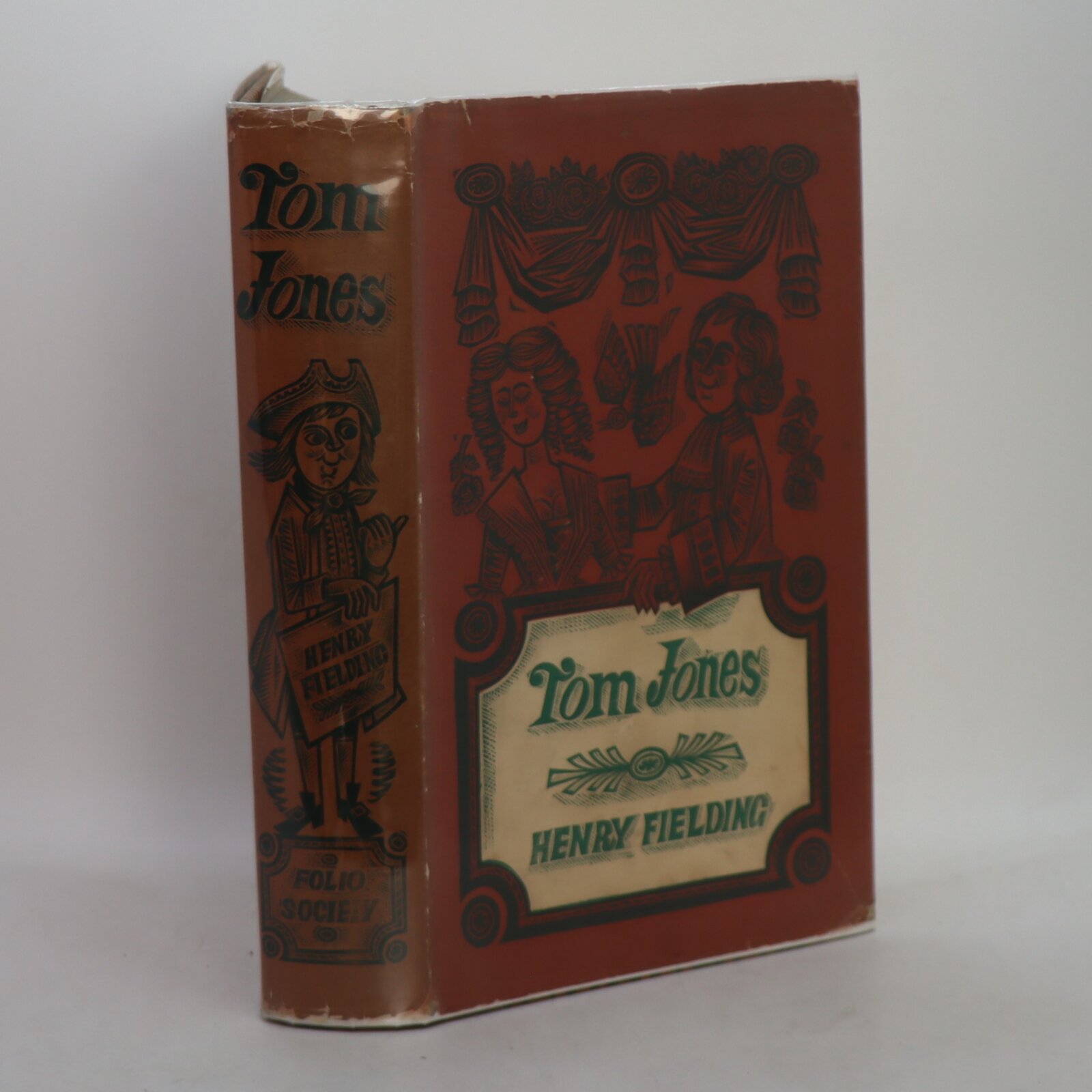
Related products
Share this Page with a friend

